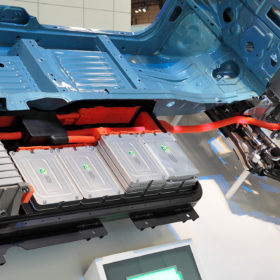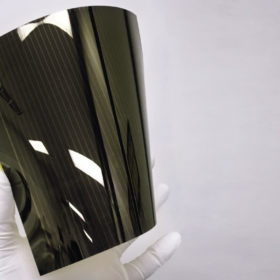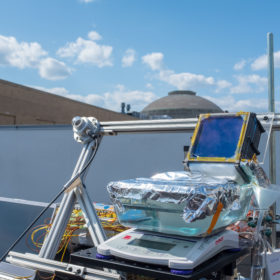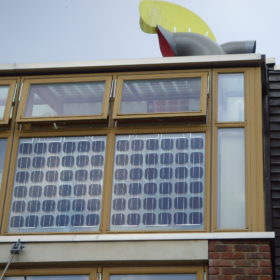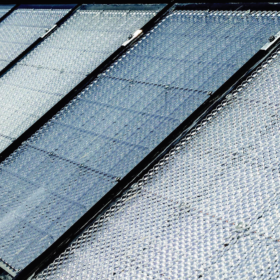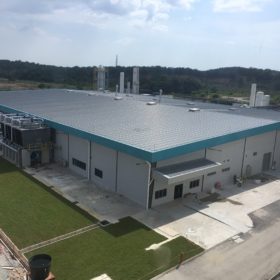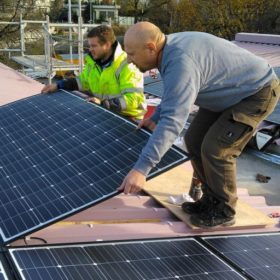There’s something fishy about this flow battery innovation
Scientists led by MIT have suggested chitin, a carbon and nitrogen-rich material made from waste shrimp shells, could produce sustainable electrodes for vanadium redox flow batteries and other energy storage technologies.
Used EV batteries for large scale solar energy storage
MIT scientists have suggested used electric vehicle batteries could offer a more viable business case than purpose-built systems for the storage of grid scale solar power in California. Such ‘second life’ EV batteries, may cost only 60% of their original purchase price to deploy and can be effectively aggregated for industrial scale storage even if they have declined to 80% of their original capacity.
Perovskites thrive under pressure
Scientists in the U.S. and Nigeria have studied the effects of pressure on perovskite solar cell production and found the correct application could improve cell efficiency by as much as 40% (relative). Push them too hard though, and they crack.
Quebec as a big battery for the northeastern US
Researchers at MIT say the immense hydropower resources of the Canadian province could be used as storage to even out the supply of intermittent renewables generation in New England and New York state.
The path to market for perovskites
MIT scientists have taken a deep dive into solar technology markets in search of an economically sustainable path to commercialization for perovskites. The group estimates $1 billion of capital expenditure would be required to achieve the economies of scale necessary to compete with rival solar module technologies. However, several alternative suggestions for scaling up with lower investment costs were also considered.
Recycling heat for a ‘385% efficient’ solar desalinator
MIT scientists have developed a solar desalinator which transports heat from the sun through a ten-stage process of evaporation and condensation. The group estimates a $100 device employing their innovation could provide the daily drinking water needs of a family.
MIT researchers say PV innovations should be deployed in niche markets first
Solar module manufacturers should begin testing new technologies in higher-value niche markets, say scientists at the U.S. institution. For example, bringing perovskite technology directly to the mainstream market remains prohibitive in terms of initial investment but segments such as building-integrated PV or microelectronics devices may offer better routes to commercial maturity.
The year in solar, part III: Battery breakthroughs, inverter trouble, sustainable role models and new tech
Storage has long been expected to be the handmaiden of a renewable energy world and its long awaited advances started to finally emerge in the third quarter as researchers posited R&D achievements ranging from potentially potent tungsten disulfide nanotubes to the business case for 10-year solar panels.
1366 Technologies adds $18m in pursuit of cheaper silicon solar cells
The company’s technology falls into the ‘kerfless’ wafer category: Instead of sawing silicon ingots into wafers, a time-consuming and wasteful process, 1366’s approach forms wafers directly, using molten silicon.
Residential solar set new US record in the last quarter with 712 MW
The U.S. residential solar market – and 15 states – are at record highs according to analyst WoodMac’s ‘don’t call it a comeback’ Q3 report, driven by new market forces. The research firm held its 2019 U.S. solar forecast at 13 GW.

